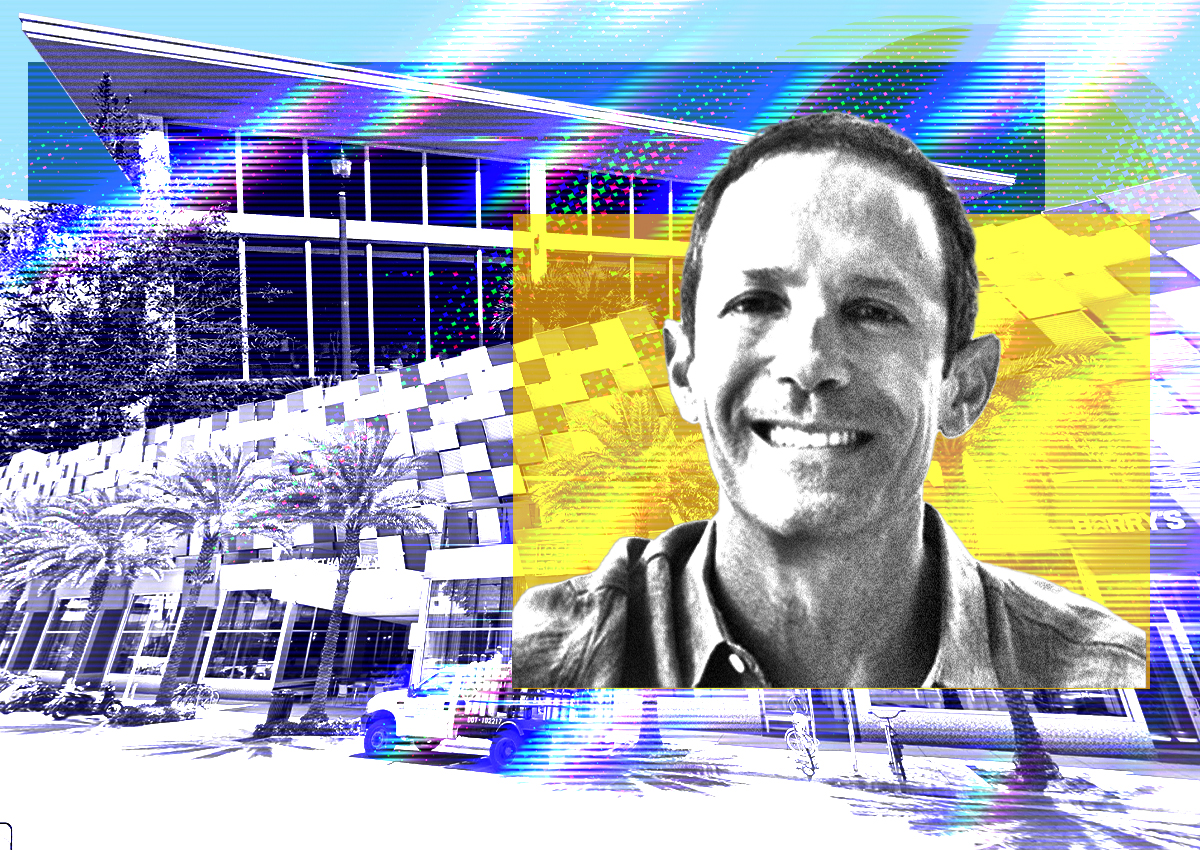
“A little bit of the cyclical downturn has been over-interpreted as a structural shift.”
A mild recession is just around the corner, but real estate watchers and participants can take heart from long-term factors such as an “economic recovery” in 2024.
Richard Barkham, chief global economist at CBRE, said a sharp rise in interest rates would tip the economy into recession, but inflation is being contained and rates could fall by the end of the year.
“I’ve seen four of these economic cycles so far, and this is by far the least severe,” he said on a panel at the National Association of Real Estate Editors’ 57th annual real estate news conference.
The associated decline in real estate values could lead to more regional bank failures (311 out of 4,800 he predicts) will go bankrupt), but not enough to destroy the banking system, Barkham said. He paints a largely optimistic picture of commercial and residential real estate for the next few years.
Strong employment, population growth, supply shortages and pent-up demand are all good news for commercial and residential homeowners, he predicts.
The projected 12 percent population growth will be driven by relatively high-income earners immigrating to the country, which will keep demand for real estate strong amid an undersupply of single-family homes and industrial and retail space.
There’s some bad news for owners: Values will drop as the recession looms and parts of the office sector remain challenged. Office values could drop by more than a third, he suggested, while multi-family housing could drop 22%, retail 17% and industrial 16%.
There is also an oversupply of multifamily housing, especially in the sun beltwhich could freeze rent increases in some markets.
But Buckham said values should bounce back “relatively quickly” compared with other plunges. It might take two years for industrial, three years for multifamily, and four years for retail.
Offices are an exception: They can take up to nine years to recover their value. The 80% vacancy rate is in 10% of the buildings, most of which were built between 1980 and 2009, in downtown areas and weaker submarkets with higher crime rates and fewer amenities.
Office vacancies are partly fueled by remote work, but cyclical factors are also exacerbating the short-term situation.
“Companies are cutting costs and reducing office floor space right now, just as they have done in every recession for the past 40 years,” Barkham said. “A little bit of the cyclical downturn has been over-interpreted as a structural shift.”
A study by CB Richard Ellis found that most companies around the world have committed to keeping employees in the office at least half of the time. There may also be underlying demand for office space due to the lack of new supply.
“The last time I saw there was still excess capital in the global economy,” Backham said. “There are still more savers than productive investment opportunities because people are aging and people are saving for superannuation.”
“[There is] There’s a lot of money waiting to be deployed in real estate,” Barkham said.
read more







